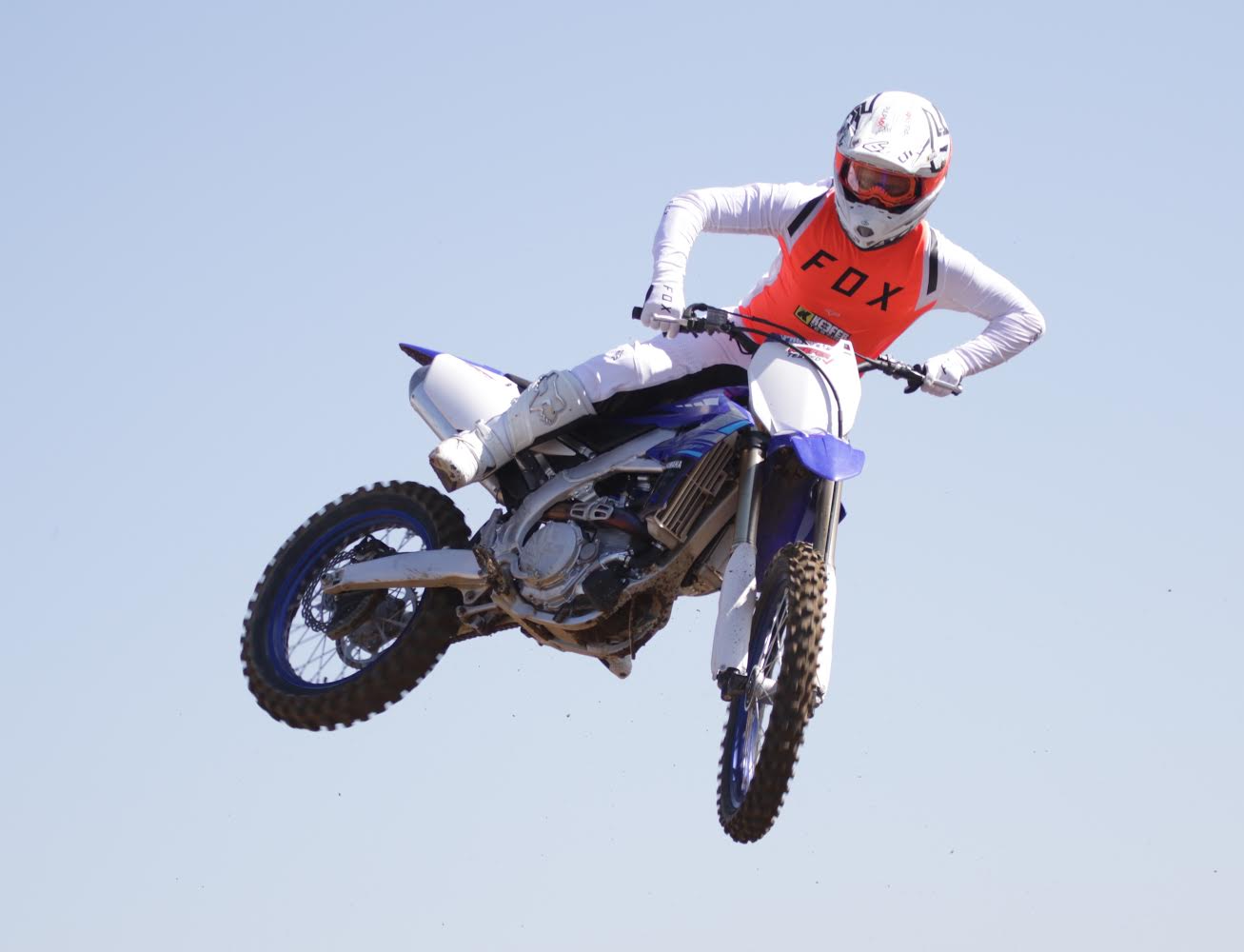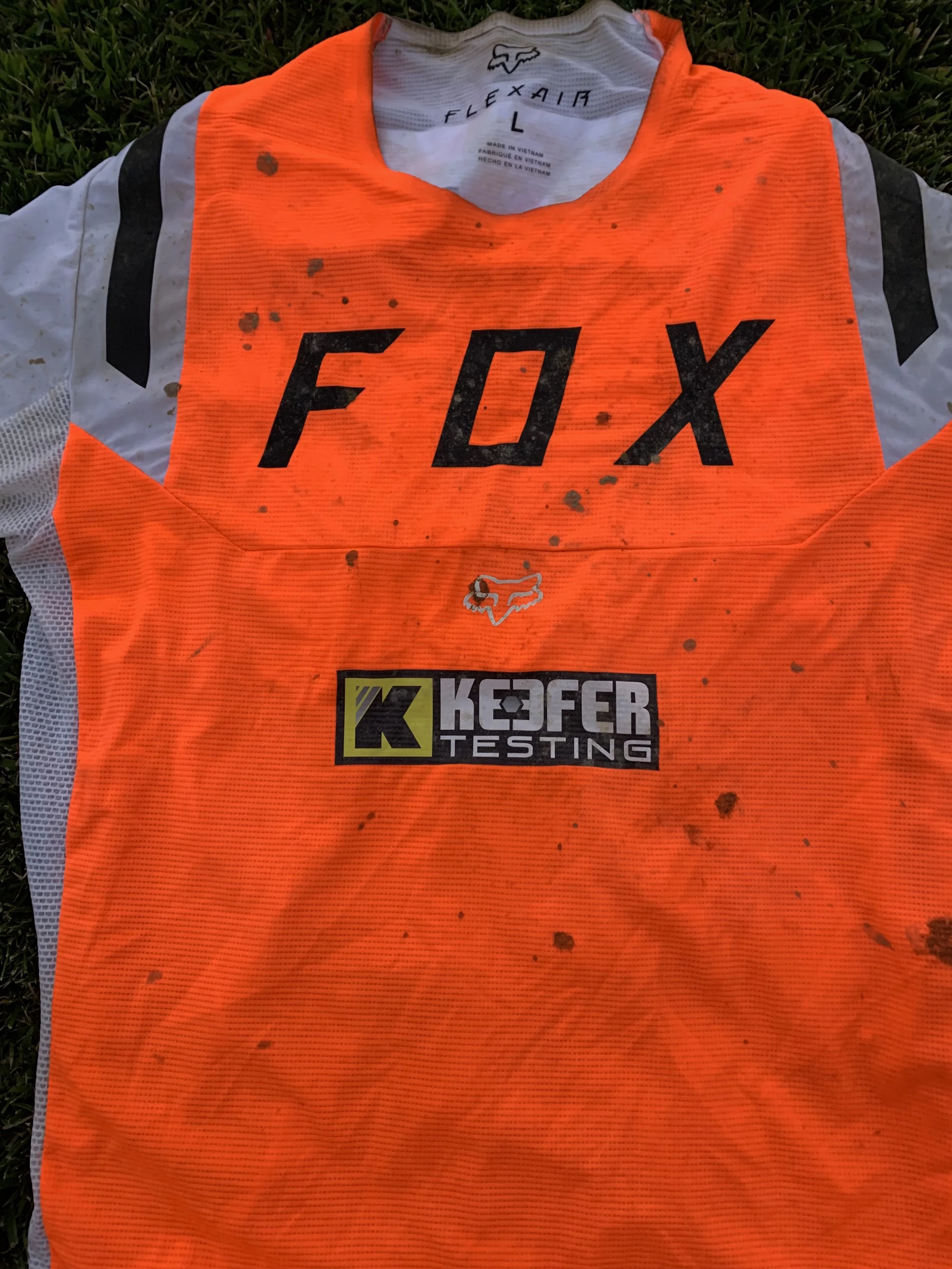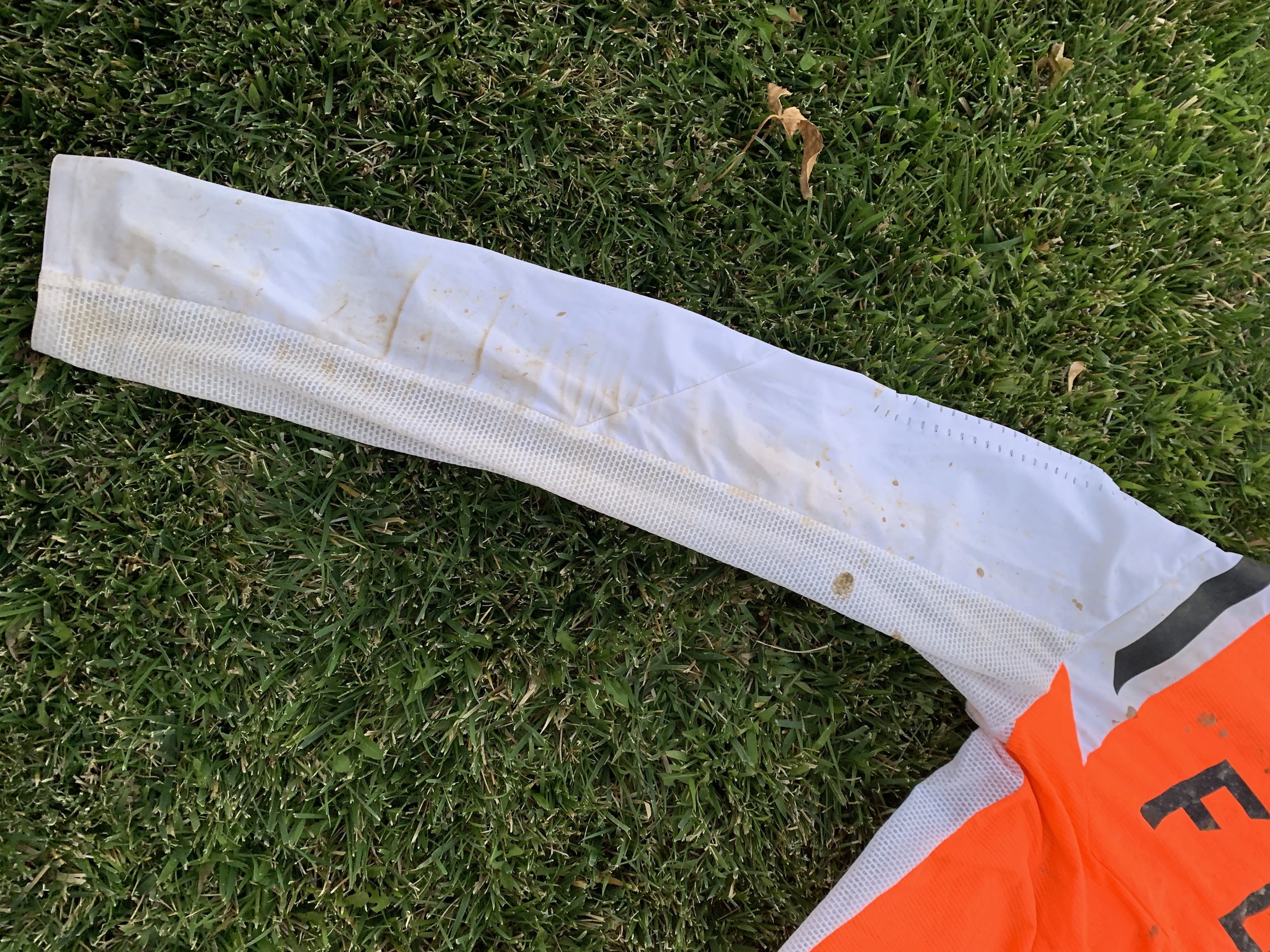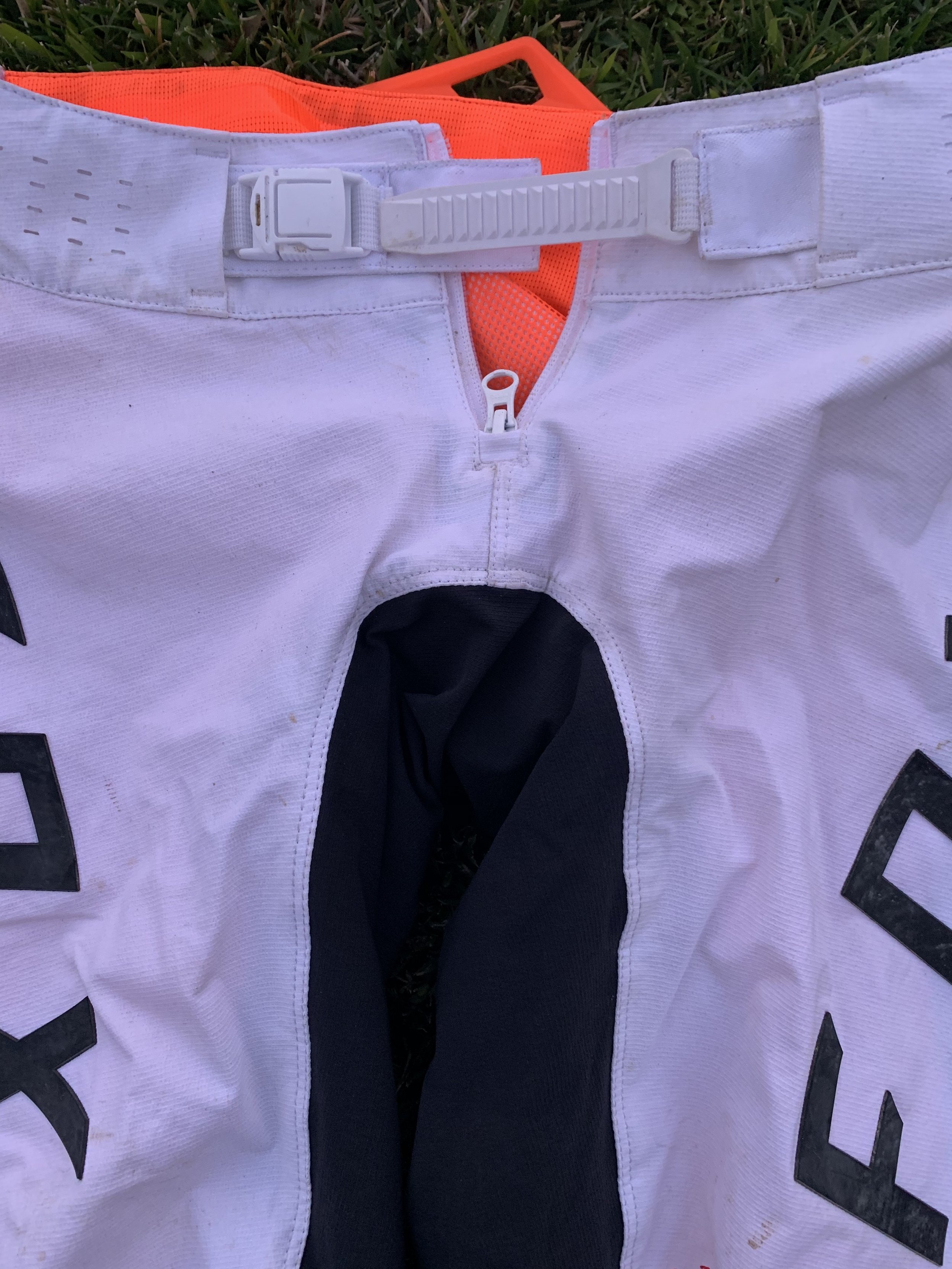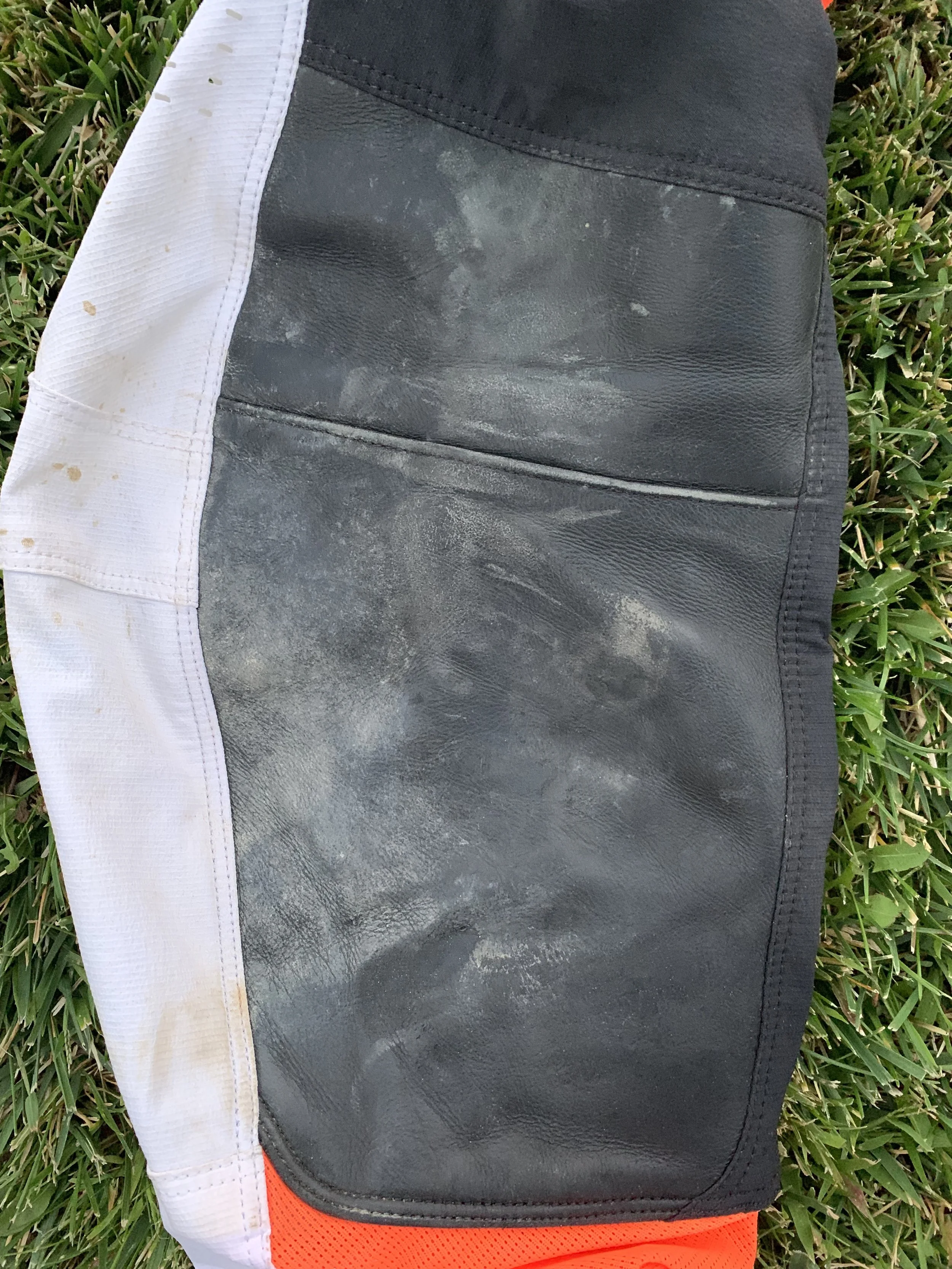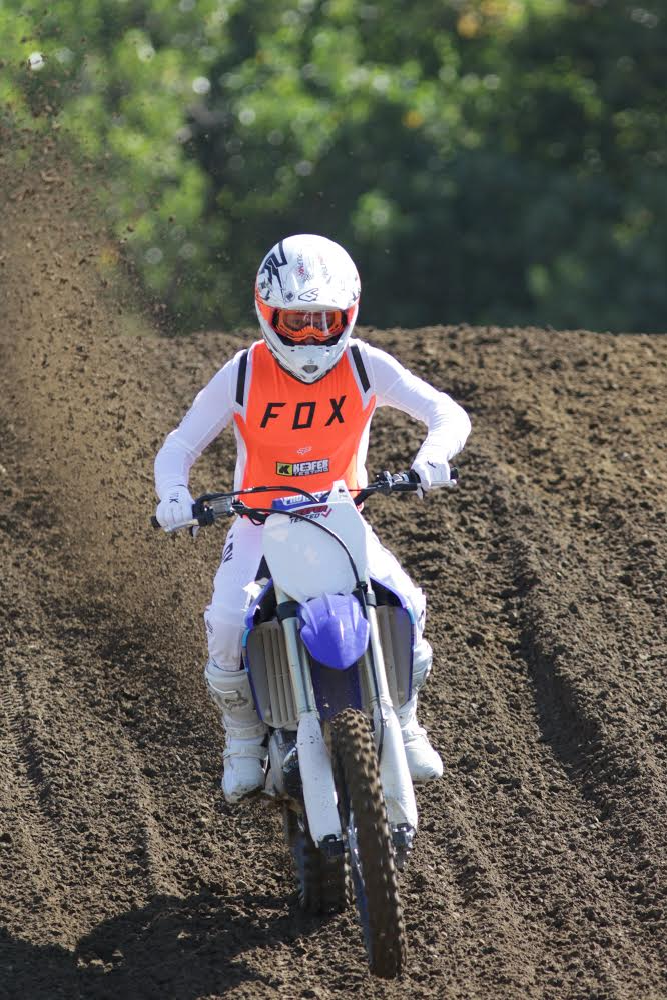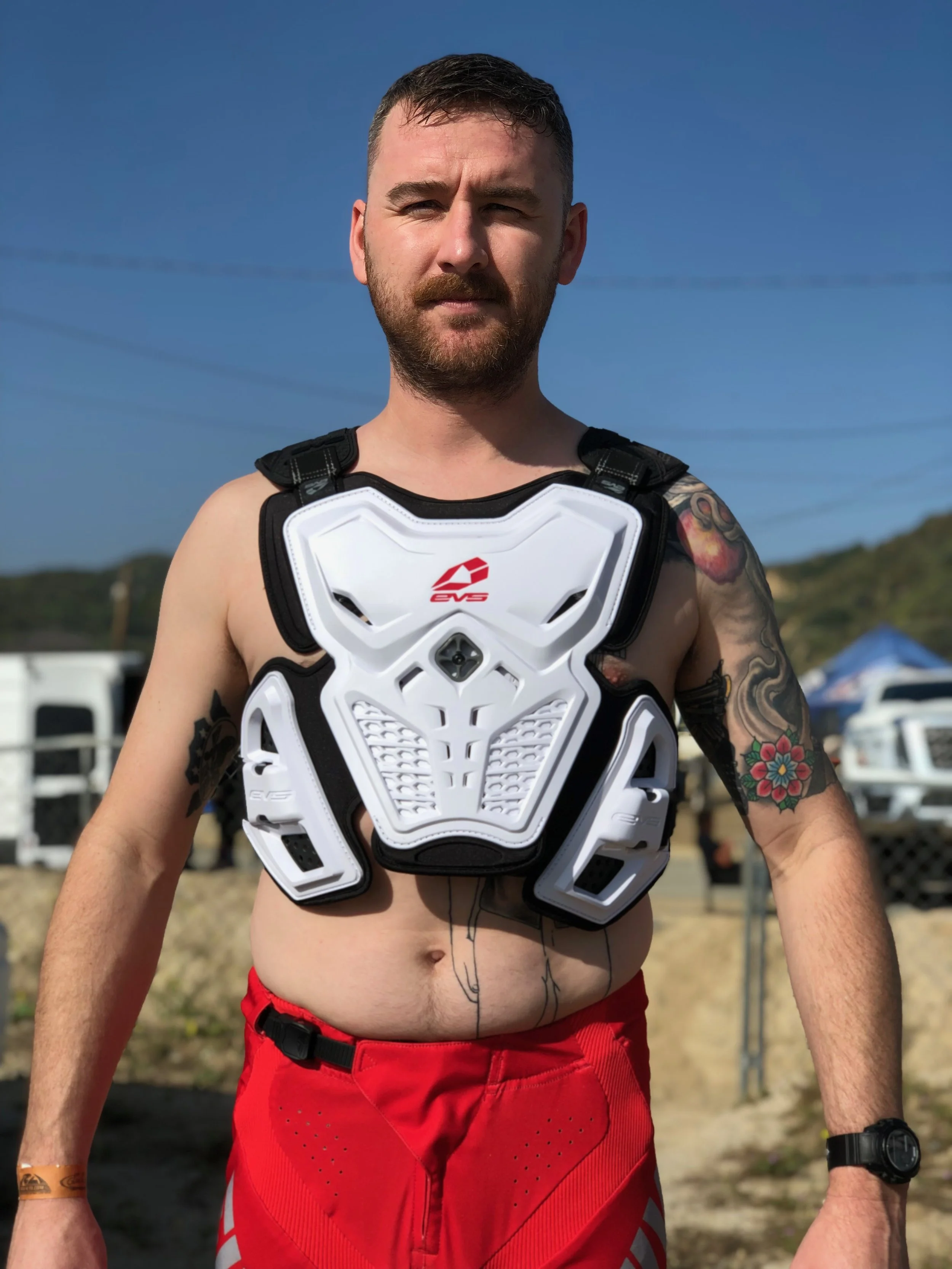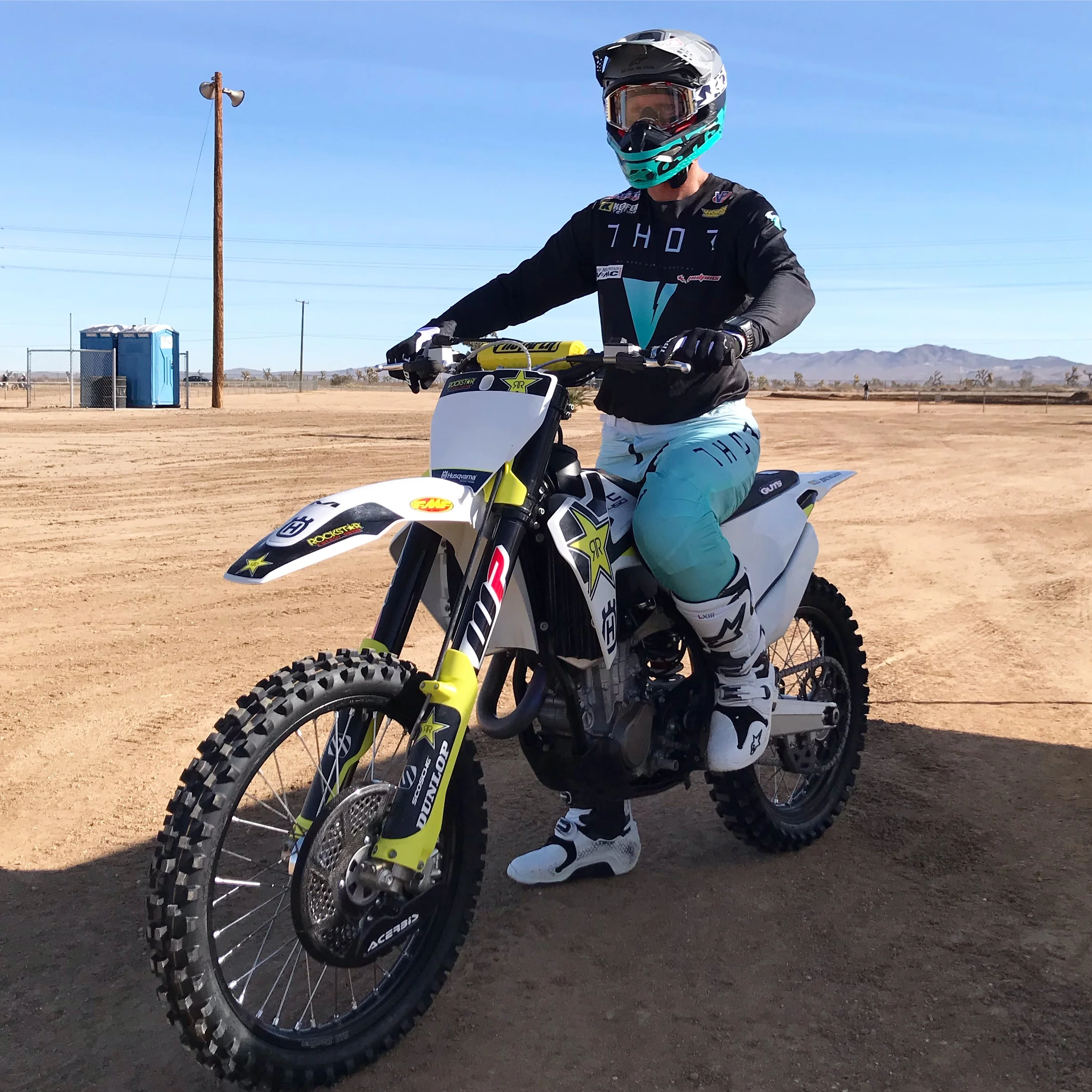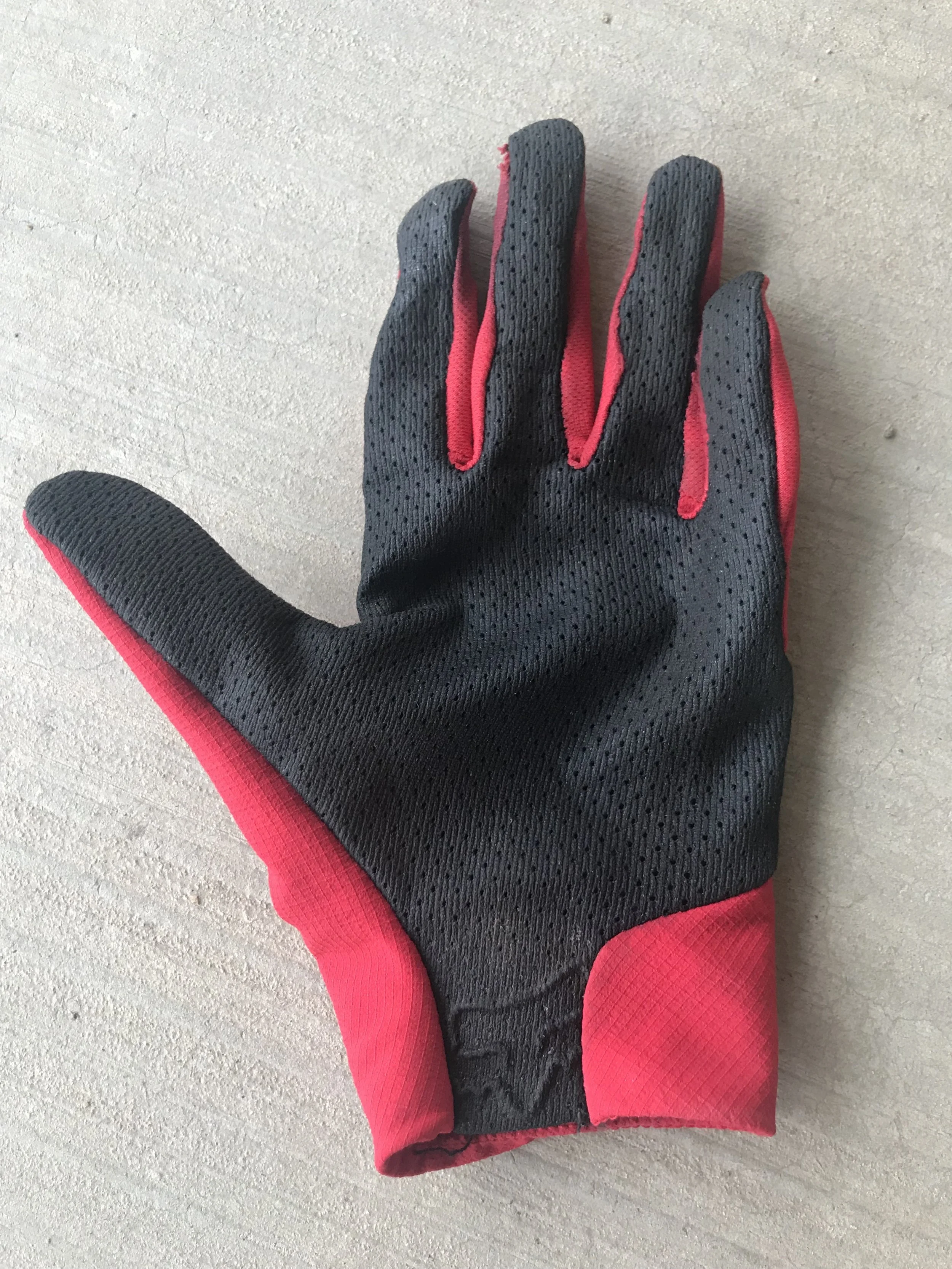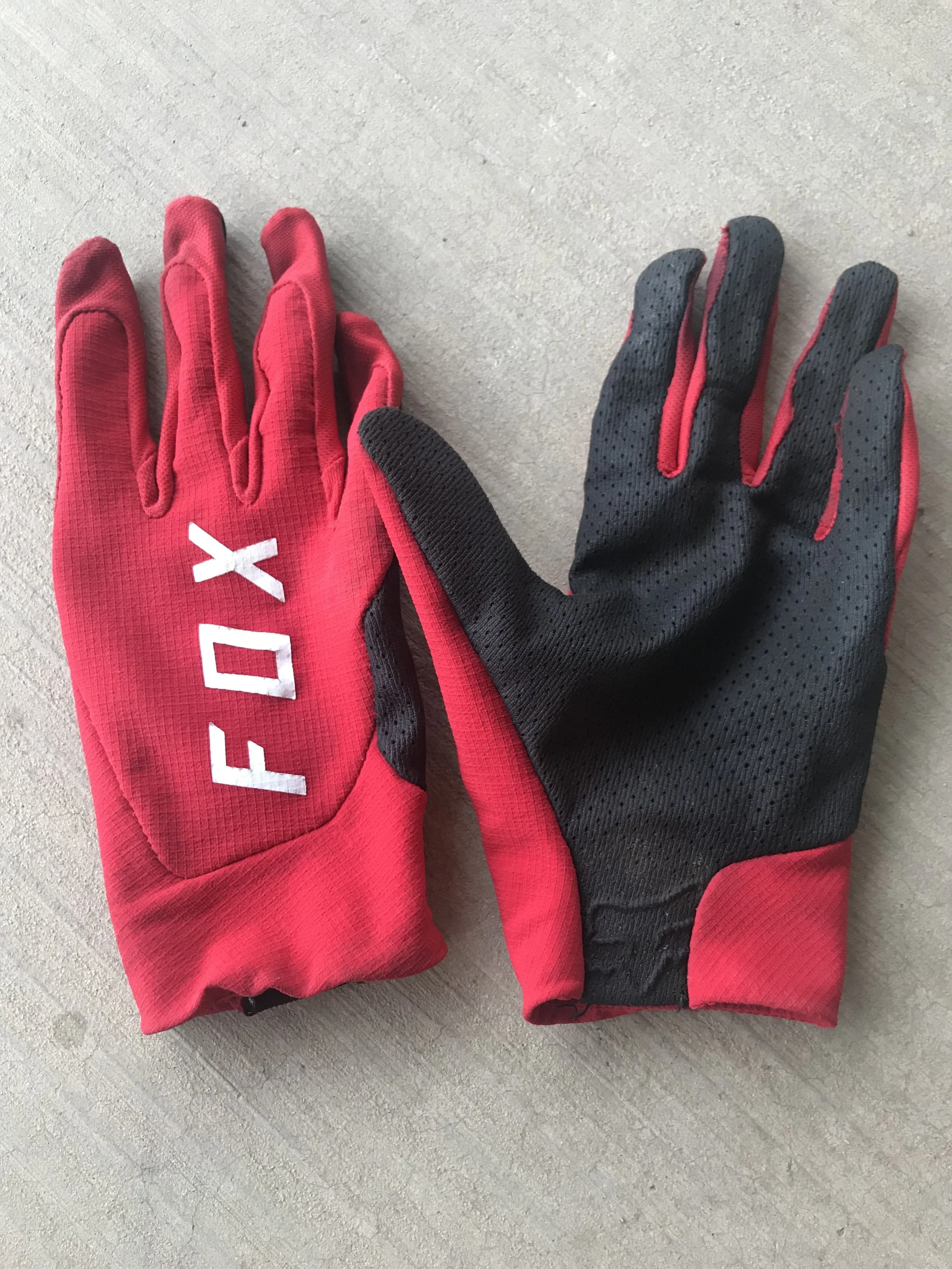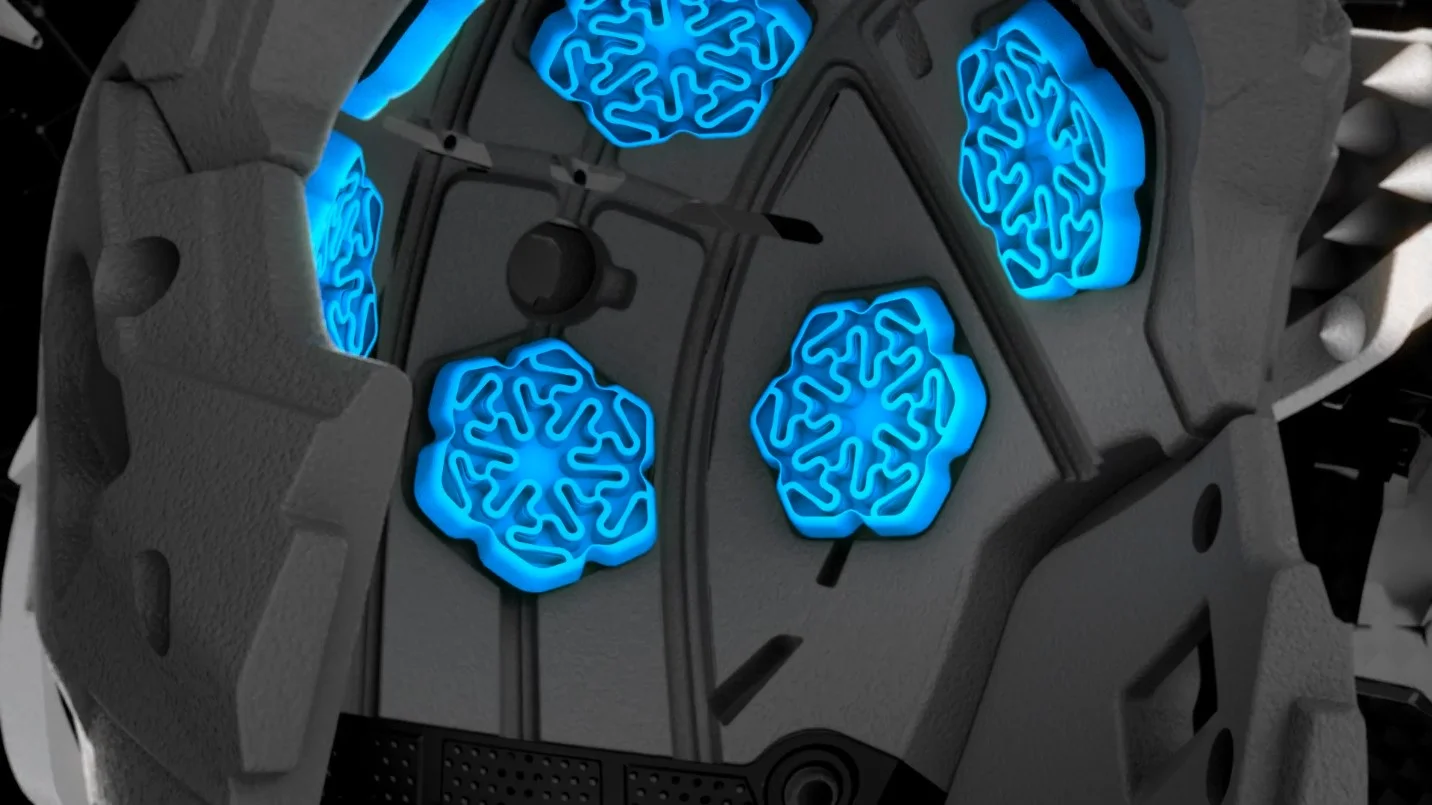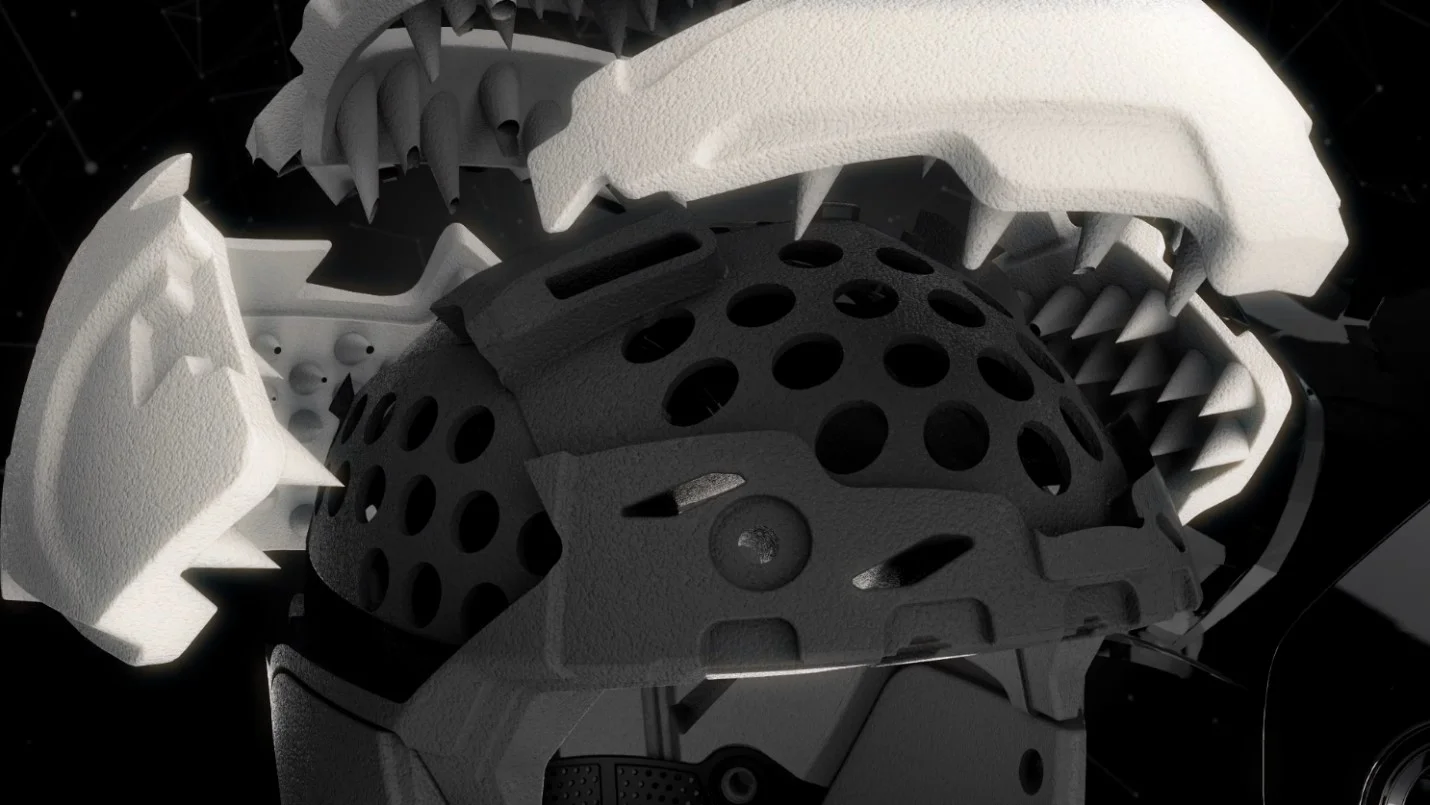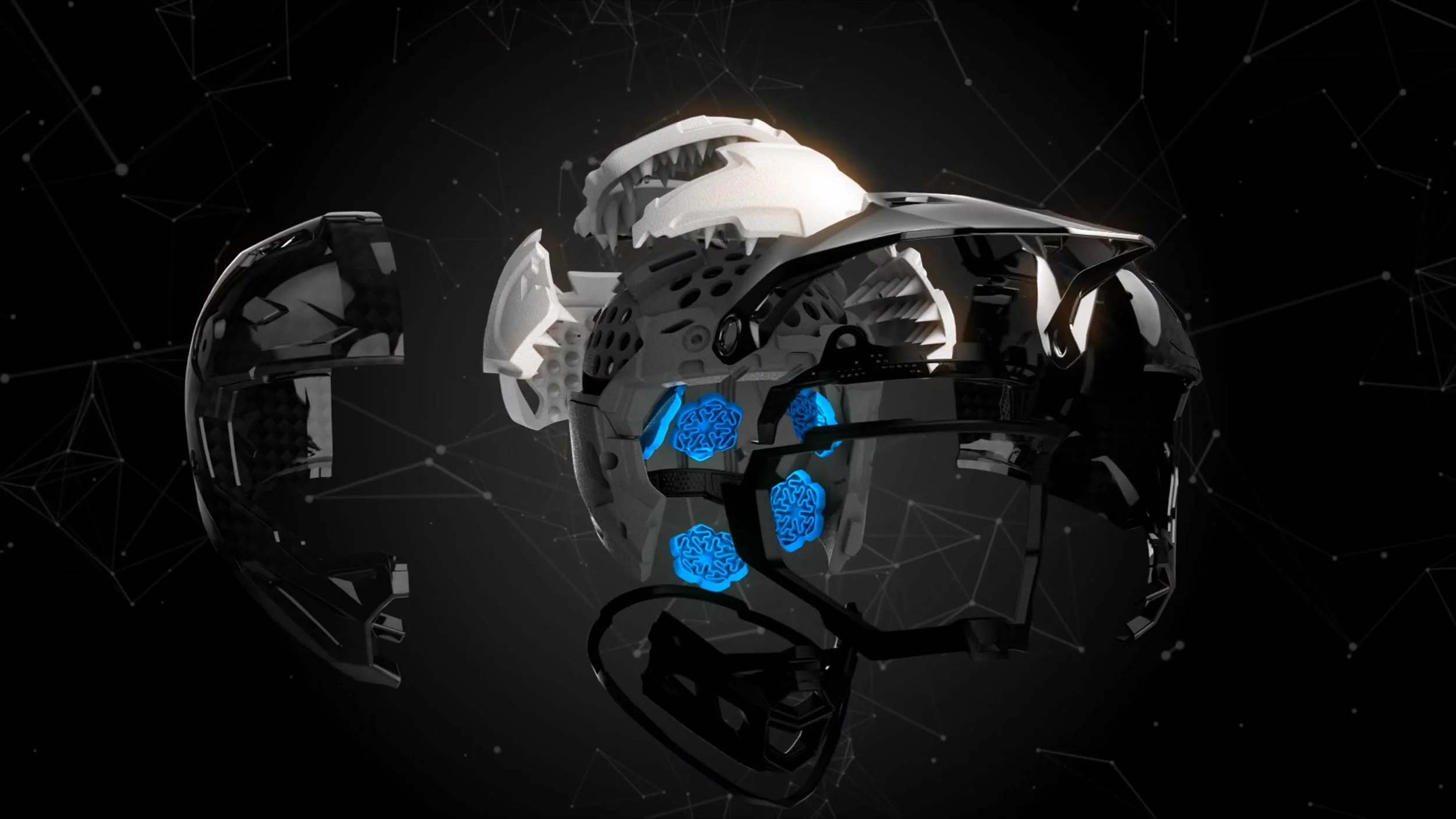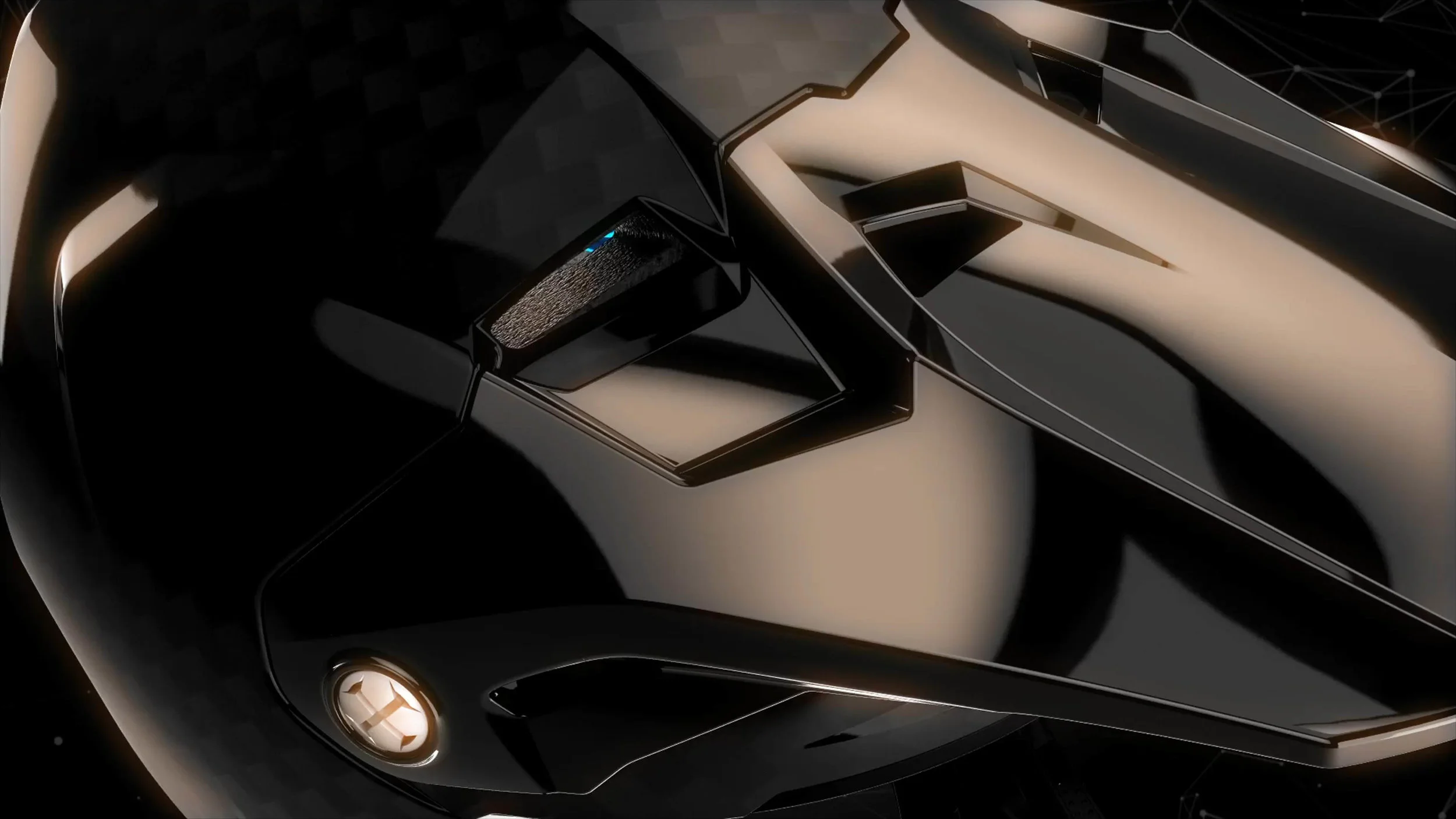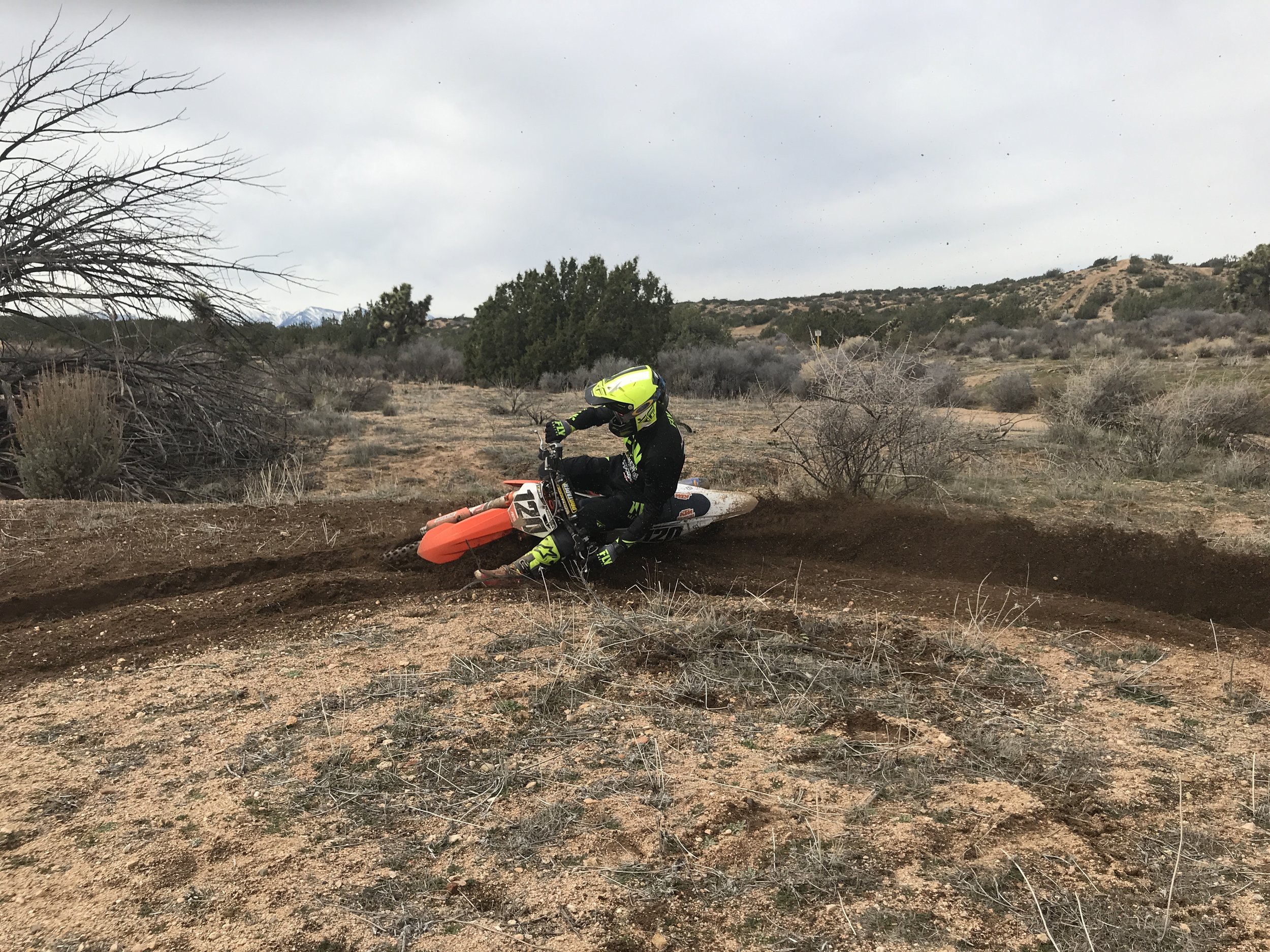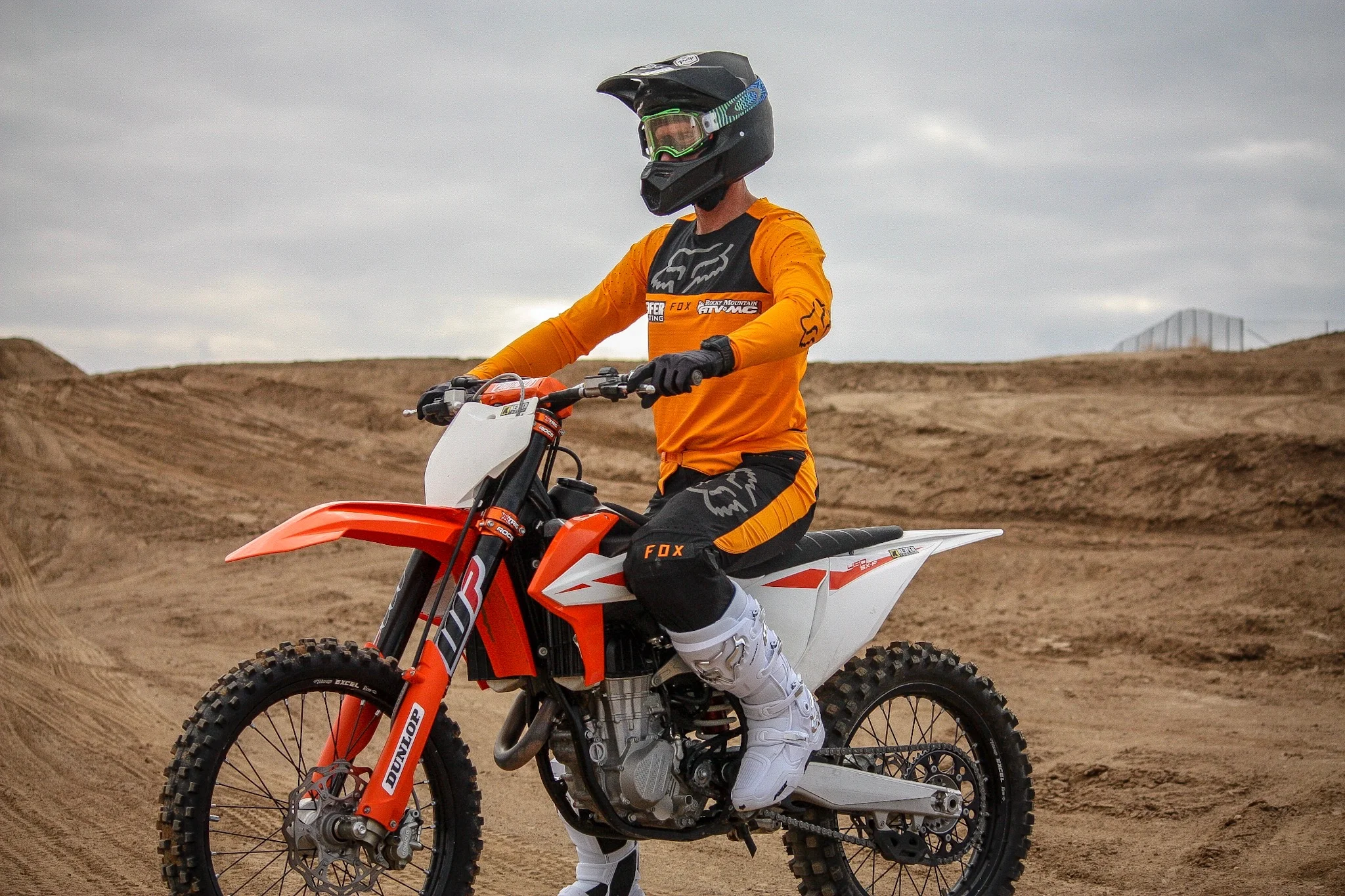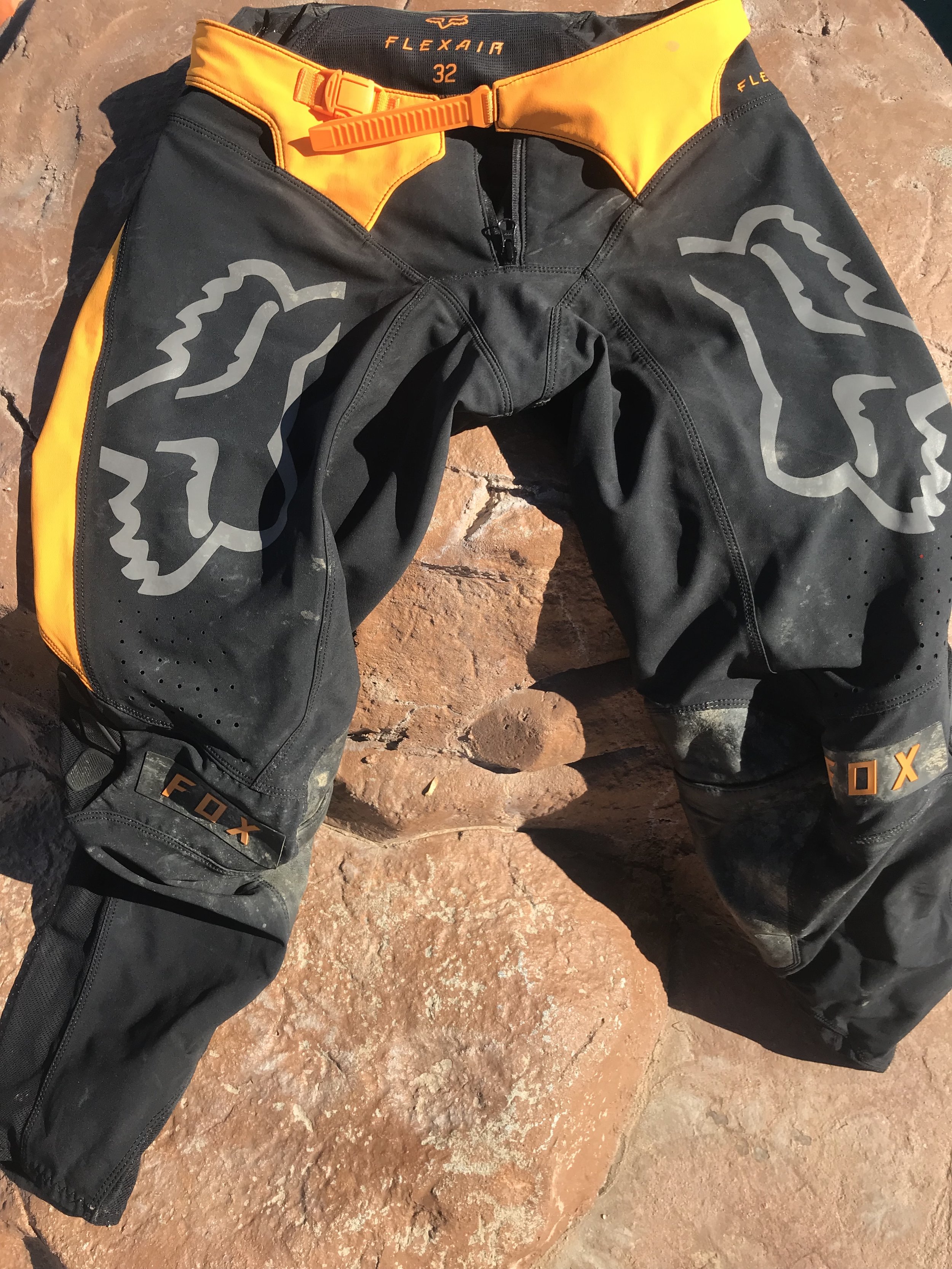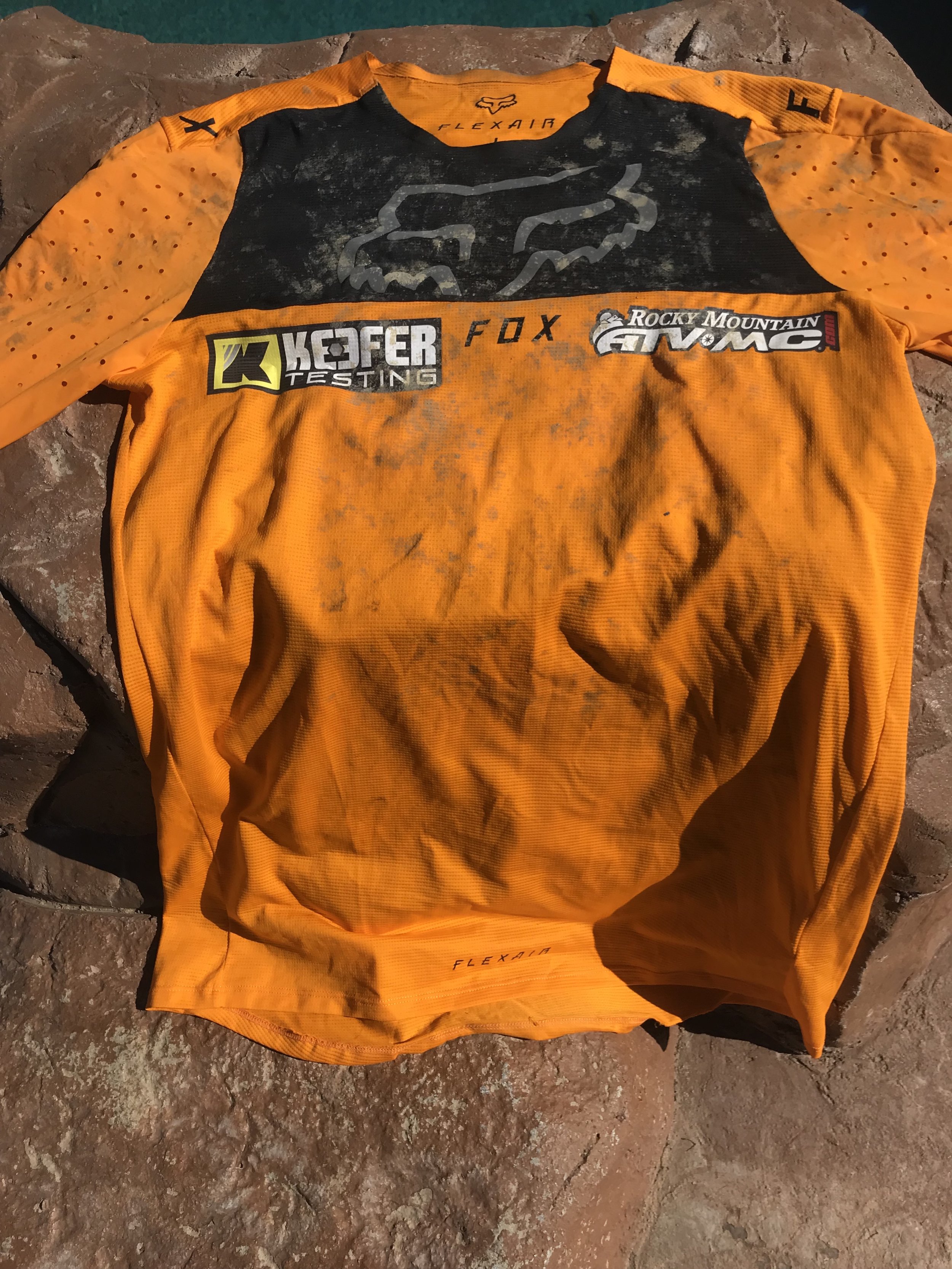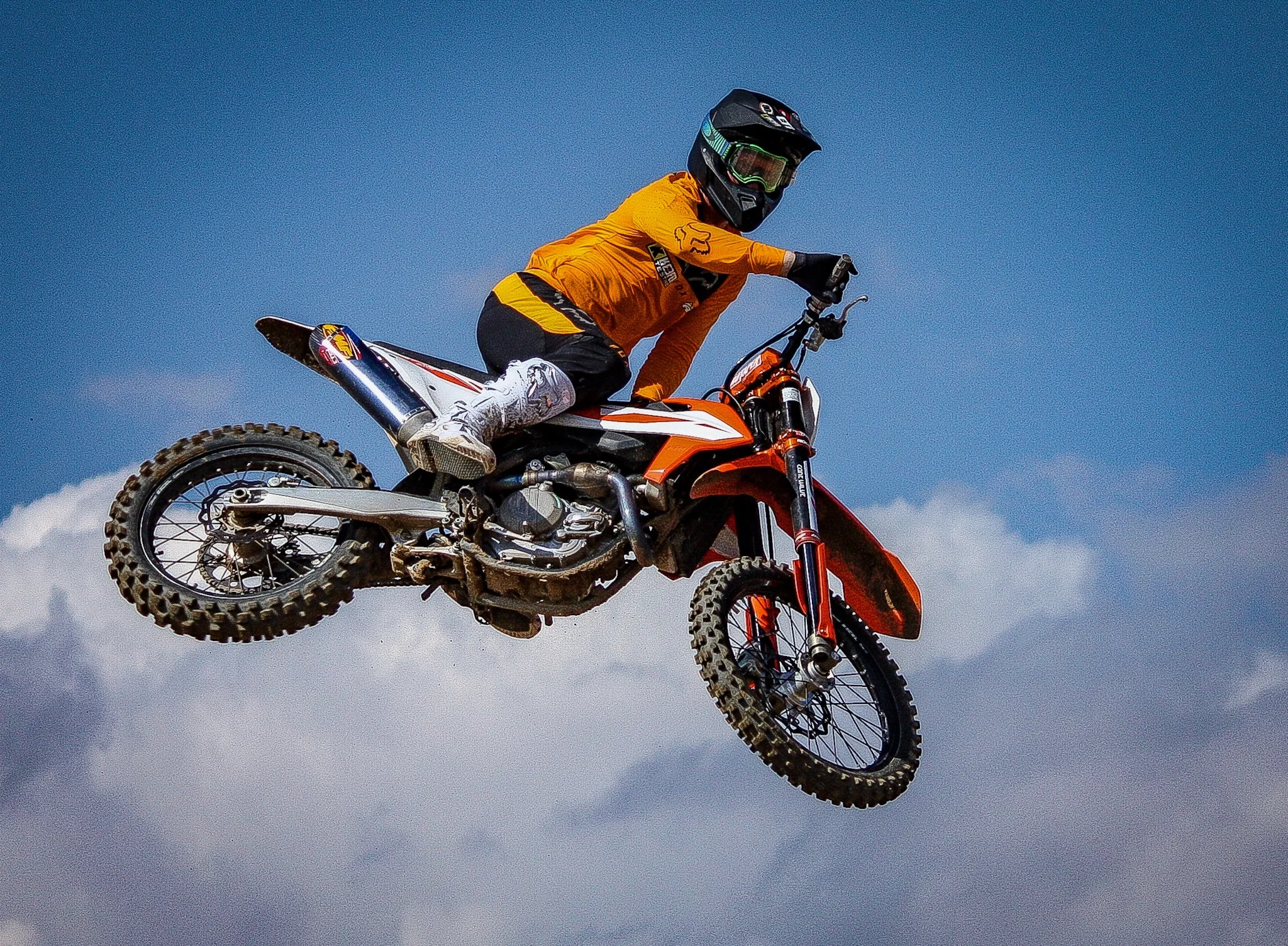Fox FlexAir Pant And Jersey
When it comes to riding gear there are only a few sets of gear that I really look forward to wearing day in and day out. I ride anywhere between 5-6 days a week and the gear that I wear must hold up over several hours of riding time, have enough stretch materials so I am able to move around on the bike freely, gives me enough ventilation that I am not getting over heated, have a comfortable fit, and of course make me look like I am the fastest on the track, even though I’m not. Fox Racing has been one of those companies that has been making sets of gear for the past few years that have checked all of those boxes.
Fox changed some of the features to their top of the line FlexAir pant and jersey for 2020, which grabbed my attention enough for me to re-test and get some information back to you all. The FlexAir jersey has been refined to maximize breathability and increase mobility. The active-fit sleeves with laser perforated venting are changed for increased breathability and airflow. The pant’s chassis has been redesigned to increase mobility and comfort. Fox updated the waistband to improve fit, refined the rear yoke to increase flexibility, and redesigned the internal liner to reduce chafing (something that I thought was needed on last year’s FlexAir pant). If you want to red all the features to Fox’s pant and jersey you can simply click on this link: https://www.foxracing.com/moto/mens/gear-sets/. For this article I wanted to give you all the straight scoop on what it’s like ride with this gear on the track. As you all know, I may or may not be a gear freak.
For warmer weather this FlexAir jersey is the best on the market with its Tru-Dri fabric material. The ventilation through the arms and a lightweight feel throughout my torso, there is no other jersey on the market quite like this FlexAir jersey. I don’t know if Fox changed the length of the arm for 2020, but after wearing my 2019 jersey and this new HOWK jersey back to back, it seems like the cut is slightly longer, so taller riders will like this feature more in 2020. However, I am 5’11 and the length of the sleeve/arm was adequate enough for my picky ass. The perforated sleeves ventilate insanely well, but unlike last year, when you happened to sweat, the sleeve doesn’t get crusty/hard feeling once your jersey dries. The 2020 FlexAir jersey doesn't have that harsh or course feel to the skin and remains soft throughout the day. The FlexAir jersey is athletic cut, but as snug as it is to your torso, the material of the jersey is super stretchy. All you bigger dudes out there do not stress on if this jersey will be too tight or reveal too much. It will be just fine! Trust me! You will like the way this jersey can conform to your body yet remain so comfortable throughout a long day of riding.
The cuff doesn't get stretched out like the old FlexAir jersey over time and although it’s somewhat tight when sliding over your hand, it’s very comfortable when riding (and isn't restrictive). The FlexAir jersey feels so light, it’s almost like wearing nothing, so be forewarned of roost if you’re a non-chest protector kind of guy. It’s super thin, yet surprisingly durable! Most underprotectors work well with the FlexAir jersey because it’s sso stretchy. I have worn three different types of underprotectors and all have fit well with my normal jersey size. You will not need to go up a size if you’re wearing a underprotector. Durability of the jersey is superb, but DO NOT go riding through trees with this jersey and expect it to last. Tree branches will rip the material on the FlexAir! This is a motocross only type of material. The jersey fits true to size and stays tucked in throughout the day.
The Flex Air pant is an athletic style pant that fits tight/snug over my knee brace/knee area, but remains super stretchy through the thigh area. I am able to move around on the bike freely and feel less restricted compared to other non-athletic fit type pants. The word “snug” doesn’t have to mean “restrictive” or “uncomfortable”. Having a snug fit against your body can help make you feel streamlined while riding. This may sound like a line of bullshit to some of you, but I have gone back and forth enough with other brands of pants and jerseys that I can really feel the difference with the Fox’s FlexAir set of gear. Having a cut closer to your body that is stretchy really lets me move around the bike better without any hang ups or drag when riding (aka, seamless feel). It’s hard to explain how good the feeling is when wearing a pant and jersey that is snug enough yet can make your muscles feel more secure when riding, but also has enough stretch in it that you can move around/articulate your movements on the bike more efficiently while riding.
What’s odd to me is that no other media testing outlet ever really talks about this, but when going back and forth between athletic/non-athletic cut gear, you can feel a difference in drag (especially at speed) and weight. When going from sitting to standing with athletic cut gear there is less bunching of material therefore when going from sitting to standing I can actually feel the lack of weight of the pant. At the end of a long test day my legs are literally less fatigued because of the lightweight materials inside the FlexAir pant. The updated closure system is like having a half belt around your waist with Fox’s two-piece design. When you cinch down on the buckle it feels like the waist area is firmly secure all the way around your waist, not just the front area. I am a huge fan of the BOA reel on the Fly Racing pants, but this half belt is the next best closure system to me. The taped seams inside the pant are great and I wish every manufacturer would do this because you never get snags when pulling the pants up. Not only do taped seams help when putting the pant on, it helps when moving around on the bike and keeps the pant lightweight feeling. Fox’s “RAP” system really does work and is not just a gimmick. The redesigned internal liner will not rub your ass raw when riding longer motos unlike like last year’s FlexAir pant. I will say that I only ran into this chafing problem last year when wearing boxer brief type of under garments (Ethika’s, BVD’s, tighty whitey’s, etc.) with the FlexAir pants. If you’re a cycling short under garment type of rider then don’t worry as you may not even notice the internal liner change.
The FlexAir pant bends with my natural motion on the bike and doesn’t bunch up near the leather of the knee area when I am seated on the machine. Not to mention that the leather knee is extremely durable for a minimalistic type pant. I have endured more than a few weeks of durability testing with the FlexAir pant and it has held up well against my CTi knee braces as well as a heatshield-less Pro Circuit headpipe/mid-pipe. The FlexAir pant fit is true to size and has a little extra room with how stretchy the pant is in the waist. So if you're a size 33, a 32 will work just fine.
The Fox FlexAir price point has also been reduced for 2020. The pant costs $199.95 and the jersey is $69.95. That is $60.00 less than last year’s price point. I am huge fan of the materials, fit, durability, and function of the Fox FlexAir gear. I do wish Fox had more colorways to choose from in the FlexAir design, but without a doubt the HOWK is my favorite of the 2020 sets.
As for you older guys reading this that might think this type of gear isn't for you, I will have to say don’t knock it until you try it. I know us older dudes are stubborn and usually DO NOT like change, but wearing athletic cut gear could really open your eyes to some next level comfort you may have not have ever felt while you're riding. Like an older/wiser test rider once told me, “you’re only as good as what you try”.
Go to foxracing.com to see all of the Fox products as well as order this HOWK FlexAir set.
If you have any questions about this gear please email me at kris@keeferinctesting.com.
Pros:
Fit
Comfort
Durable for minimalistic type of gear
Ventilation
Cons:
Lack of different colorways
Jersey can be hard to remove after riding (sticky)

